It might not be everyone’s dream to have a sizeable lump of rock that they will never be able to visit named after them. But ESA scientists Laurence O’Rourke and Michael Küppers are not just anyone. They’ve spent their careers studying such celestial objects, with many highlights, including a paper published on the journal Nature earlier this year, reporting on their discovery of water on the minor planet Ceres using ESA’s Herschel space observatory. So to have two asteroids named after them is a big deal.
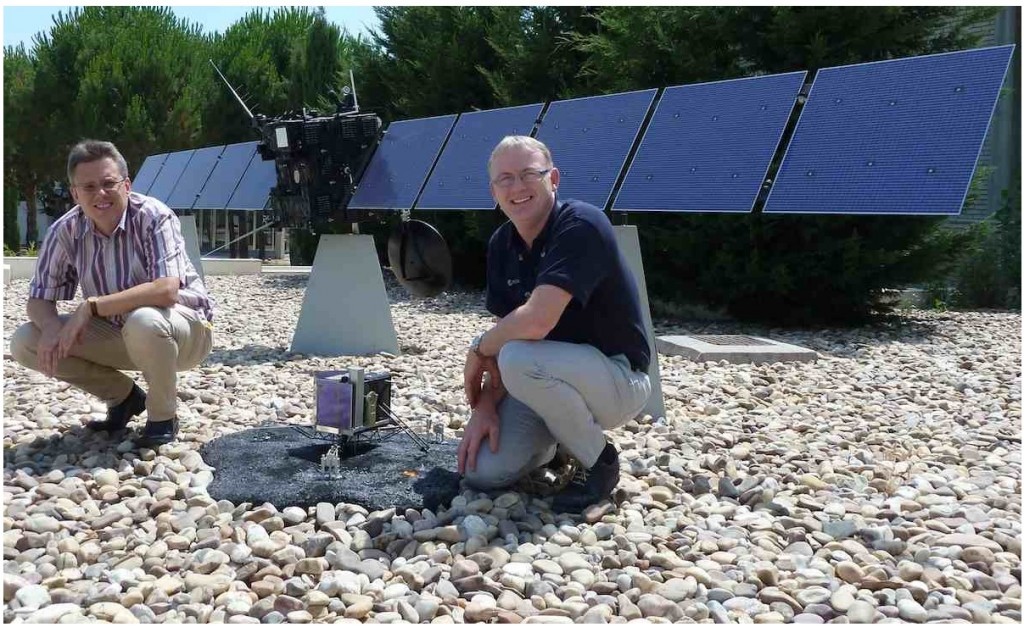
Michael Küppers (left) and Laurence O’Rourke (right) with a 1:4 scale model of Rosetta and Philae at ESAC. Credit: ESA.
“This is quite an honour and a proud moment for us both, for our families, and of course for Rosetta and for ESA,” said O’Rourke.
The announcement was made on 2nd of July during the conference banquet at the Asteroids, Comets and Meteors 2014 meeting held in Helsinki, Finland.
O’Rourke and Küppers both work at the European Space Astronomy Centre (ESAC), the ESA centre located near Madrid. They are science operations co-ordinators in the Rosetta Science Ground Segment (SGS).
Despite the various online schemes that claim to allow the unwary to ‘buy’ stars and other objects in the sky and have them named after you, only the International Astronomical Union (IAU) has the power to officially name celestial objects. Originally, the names for asteroids came from mythology – not only Greek and Roman, but from many regions across the world. Now the convention has been extended to honour individuals. Potential names must be approved by the 15-person Committee for Small Body Nomenclature of the International Astronomical Union, and there is a rigorous process from discovery to naming.
Newly discovered asteroids are catalogued by the International Astronomical Union’s Minor Planet Center (MPC), located at the Harvard-Smithsonian Center for Astrophysics in Cambridge, Massachusetts (USA). This gives them a designation that records the year and order in which they were discovered, e.g. 1981 EJ5. Only after subsequent observations of the candidate asteroid have been obtained, allowing its orbit to be accurately determined, then the MPC assigns a discovery number, e.g. 9524. Once numbered, the asteroid’s discoverer can suggest a name.
The official citations for the two asteroids named after O’Rourke and Küppers read:
“(9524) O’Rourke = 1981 EJ5. Laurence O’Rourke (b. 1970) is a research scientist at the European Space Astronomy Centre in Madrid. He leads a program to use the Herschel Space Observatory to provide supporting physical observations for spacecraft missions to asteroids and comets.”
“(9528) Küppers = 1981 EH24. Michael Küppers (b. 1967) is a planetary scientist at the European Space Agency who has helped orchestrate asteroid flybys for the Rosetta mission. His science contributions include analyzing the photometric and geologic data for (2867) Steins and (21) Lutetia.”
Both asteroids were discovered by Schelte J. Bus at the Siding Spring Observatory in New South Wales, Australia. The diameter of (9524) O’Rourke is 2.9±0.7 km, with a visual magnitude of 0.27±0.09. (9528) Küppers is 3.5±1.0 km, with visual magnitude 0.20±0.16. Thankfully, neither scientist seems too concerned about whose asteroid is the bigger nor the brighter!

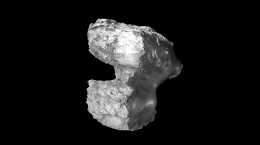
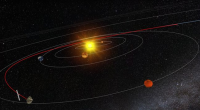
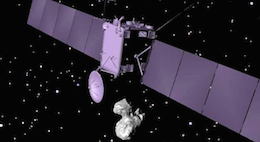

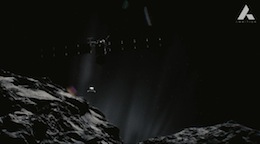
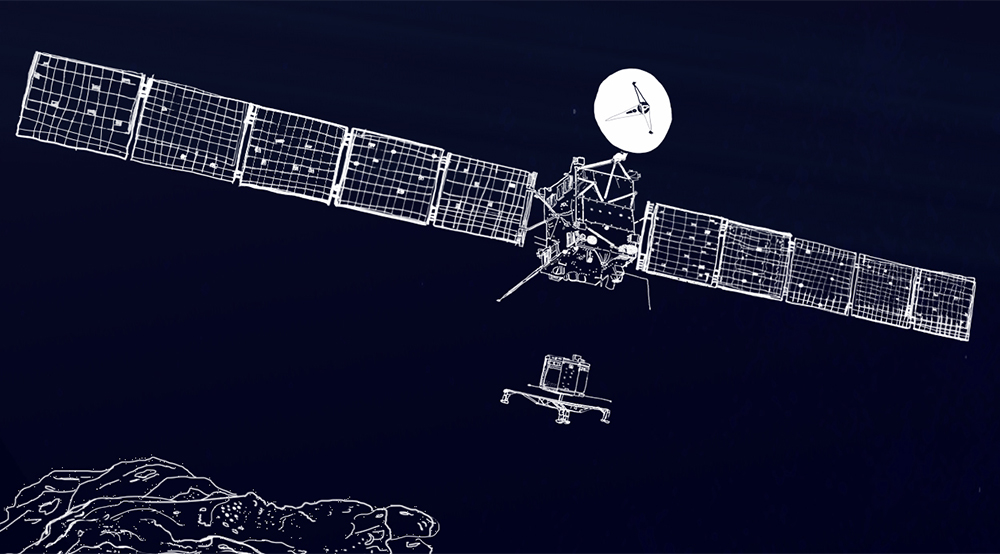
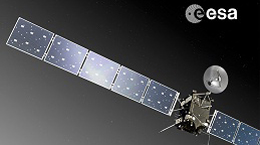
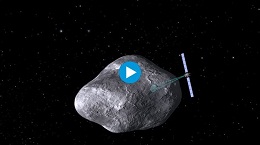
Discussion: 3 comments
Congratulations to both gentlemen! Well deserved recognition indeed.
Wow !!! Congratulations to both of you. I was not aware of this, you should have told us. A.
Your own piece of interplanetary rock !
Congratulations !!!!